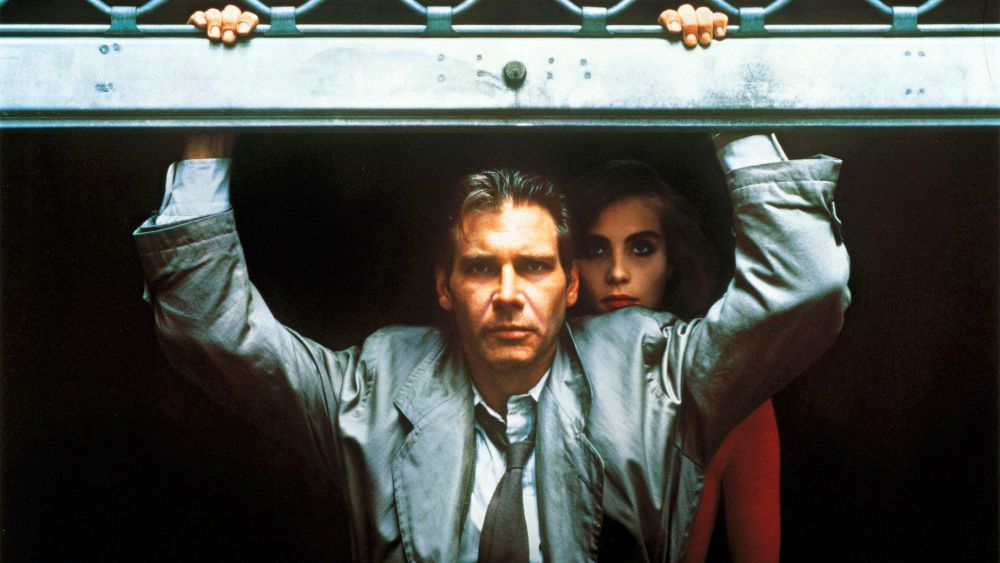
The thriller genre is one that takes great skill to pull off: suitable stakes have to be raised, a story needs to stay two steps ahead of its audience, and nothing can be predictable to ensure that the audience will be left guessing and feel the rush of tension that comes from not knowing a film’s outcome.
Combine those basic necessities with the need for a whip-smart script, talented actors to make it believable, and an ending that won’t make the whole effort seem like a waste of time, and a good thriller becomes harder and harder to find.
Consider all of these requirements against perhaps the greatest challenge of filmmakers in the modern era: a jaded and experienced audience that has already seen everything done in film twice over before. Novelty is the greatest ally to creating an effective thriller: creating a trick that the viewer hasn’t already seen.
By the 1980s, decades of thousands of films seen by scores of millions had already exploited seemingly every conceivable novel angle a film could take to create a unique thrill for the audience. But there are always new ideas, and with them a new way to perform a trick.
Here are ten deadly thrillers from the 1980s that built a better mousetrap to ensnare the audience and keep them on the edge of their seat.
1. F/X (1986)
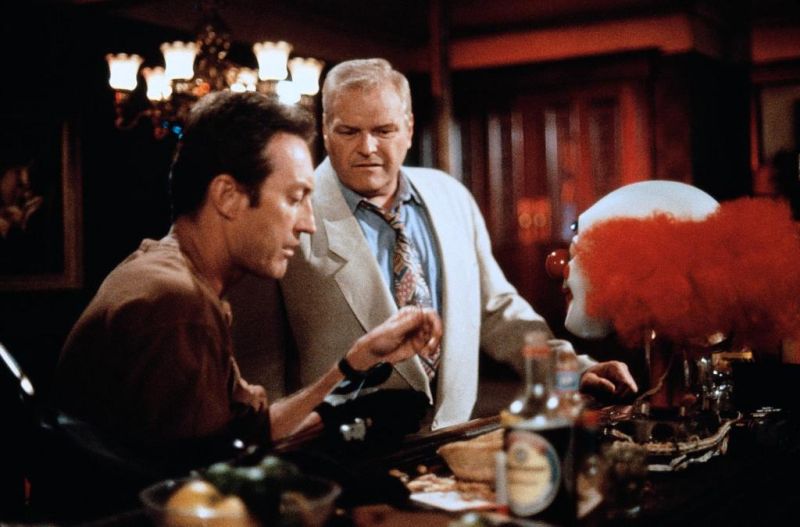
A special effects wizard for the movies is recruited by the Justice Department to help fake the death of a mobster-turned-informant so they can keep him alive to testify against his boss. Initially reluctant, he agrees when they reassure him that he’ll be protected. Disguising himself in a plaster mask and “killing” the mobster in a crowded restaurant using squibs to simulate bullet hits, it appears that the ruse is successful.
But when a Justice agent tries to kill him afterwards, the effects specialist finds himself being hunted by the same people who promised to protect him. Meanwhile, a police officer (Brian Dennehy) begins to investigate the faked murder and is drawn into the intrigue. Aligning with the special effects master, they use his talents to turn the tables on the Justice Department and get revenge.
Featuring a unique story and highlighting the abilities of special effects technicians, F/X is a taut thriller with twists and turns throughout the plot. Dennehy brings his considerable power to his role as a police officer that finds himself fighting against his supposed allies, and watching the protagonist use his wit and talents against those that betrayed him produces spectacular and fun action sequences. It’s a film that keeps you guessing the outcome and a film whose ending shouldn’t be spoiled by reading its synopsis first.
2. Dead Calm (1989)
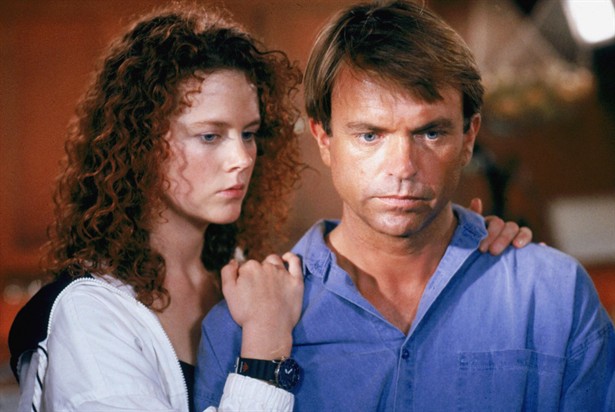
Distraught over the loss of their son in a car accident, a husband and wife (Sam Neill and Nicole Kidman) take a vacation on their yacht to cruise the Pacific Ocean. Once out in open water, they encounter a damaged boat and a man named Hughie (Billy Zane) in a rowboat. The man explains that all of his companions on his boat have died of food poisoning; when the husband examines Hughie’s boat, he comes across the corpses and a video that indicates Hughie had murdered them.
Back on the boat, Hughie knocks the wife unconscious and begins to sail away, leaving the husband behind on the sinking boat. From there, the tension escalates as the wife tries to get back to her stranded husband while Hughie seems to be slowly losing control over his sanity.
This film had a long history of false starts in its production, dating back to the 1960s when Orson Welles first attempted to film an adaptation of the source novel, whose rights he had acquired. As with many of Welles’ projects, he failed to secure the necessary funds to complete filming and the project was abandoned.
Revived in the 1980s after the rights were acquired from Welles’s long-time companion, the final film version omits many elements of the original book. But this stripped-down version serves to ratchet up the increasingly strained and desperate situation the characters find themselves in. This thriller is heightened by being set in the isolation of open waters, and with only three characters and nowhere to run, the consequence of every move and misstep is amplified.
3. Bad Timing (1980)
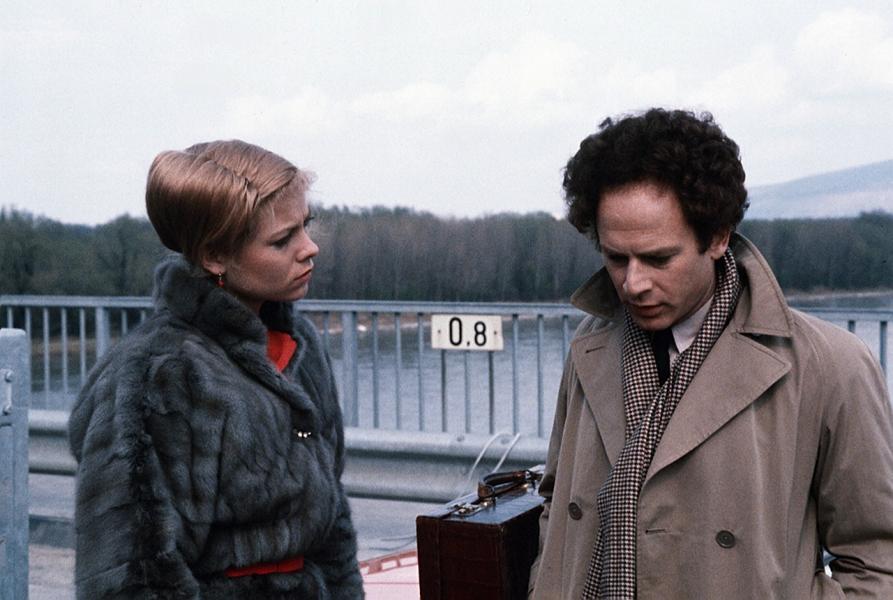
Two people meet by chance in Vienna at a party and become lovers: Alex (Art Garfunkel) is a reserved psychiatrist, while Milena (Theresa Russell) is a wild and unhinged spirit.
The film is told between intercutting two stories: one of Milena in the hospital after a supposed suicide attempt and Alex’s wrangling with the police over the details, and flashbacks of their turbulent and often wildly dysfunctional relationship. Meanwhile, a police inspector (Harvey Keitel) begins to piece together an altogether different story of what transpired between the two lovers.
Described by one reviewer as “a sick movie for sick people,” Bad Timing was director Nicolas Roeg’s follow-up to the cult classic The Man Who Fell To Earth. It’s a puzzle work that’s typical of Roeg’s idiosyncratic, non-linear style, jumping back and forth in time and place in almost free-association.
Watching two opposites as they seem destined to tear each other apart is what creates the suspense in the film; the dark conclusions that both face in the denouement serves as an epitaph for their very troubled relationship. This is a psychological thriller to the extreme that unfolds to an ultimately disturbing conclusion. Released as part of the Criterion Collection in 2005, Bad Timing is an underseen (and misunderstood) masterpiece of the thriller genre.
4. The Fourth Man (1983)
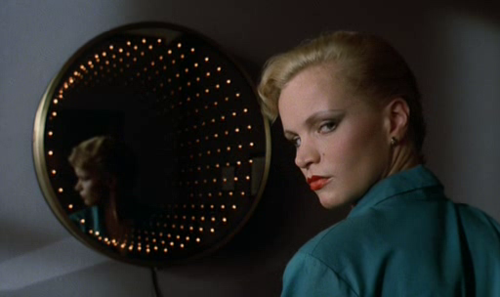
Like a spider consuming a trapped fly, which is the image the film opens on, The Fourth Man places its protagonist in the same helpless position. A depressed, alcoholic writer, dissatisfied with his gay lover, enters into an affair with a mysterious woman that he meets while out of town for a lecture. As their relationship progresses, however, the man receives a vision that he’s just the next in her line of victims, and with her three previous lovers dead, this makes him The Fourth Man.
Heavily employing symbolism, both Christian and occult, Paul Verhoeven–of Robocop and Basic Instinct fame–creates a world where there is little distinction between hallucinations and reality.
The cinematography and editing create a dreamlike state as our flawed protagonist struggles to comprehend the danger that he’s in, and Verhoeven’s signature lurid treatment of violence and sex, which are depicted as nearly indistinguishable, heightens the Gothic atmosphere and keeps the viewer always questioning whether the threat of impending doom is real or is all in the protagonist’s head.
5. House of Games (1987)
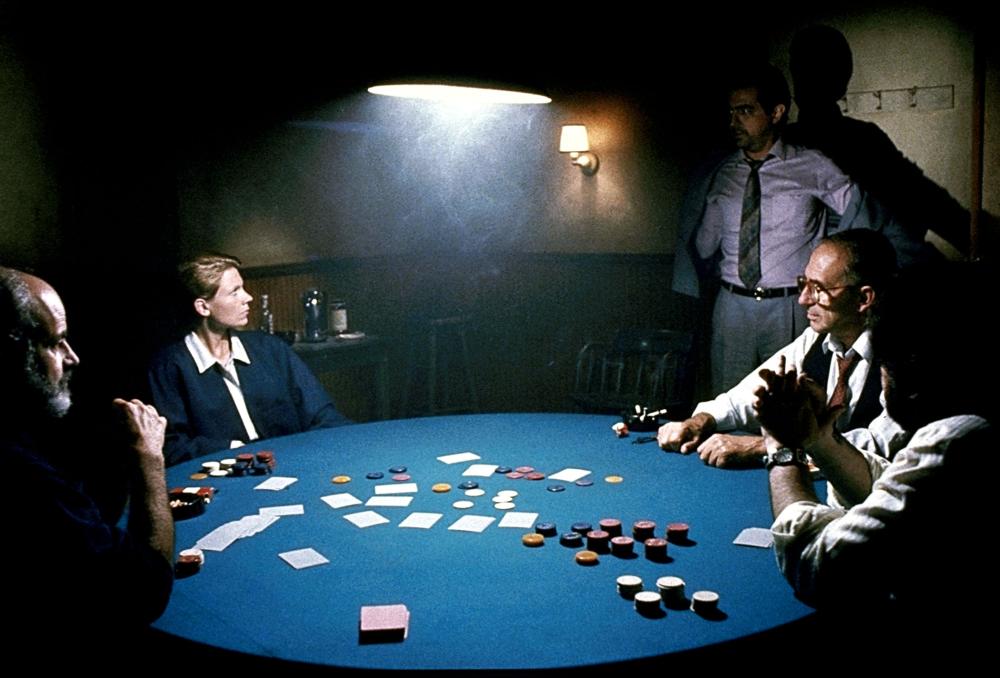
Con artists are irresistible characters to writers, and a good con story involves creating a complex mousetrap that would surprise even the most savvy viewer or reader. House of Games is all about con artists and the cons they pull, and it’s a real corker.
A successful but bored psychiatrist is suckered by one of her patients, a con man, and becomes fascinated with the world of con artists. She begins accompanying him on his cons to learn more about the craft, only to realize that she’s being conned herself. Then she seeks her revenge, which is much more direct than any con game.
House of Games was playwright David Mamet’s directorial debut, and like much of Mamet’s work it’s a film of economy. There’s not one wasted second on-screen, and the dialogue is as terse and agile as anything the master playwright has produced. Between the MacGuffins, bluffs, and misdirection in House of Games, Mamet built a better mousetrap with which to catch his audience in–and one that snaps shut at the end with great force.